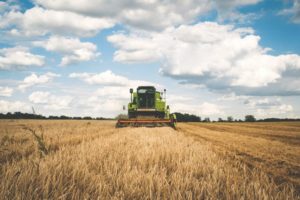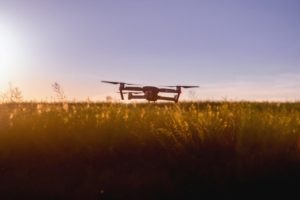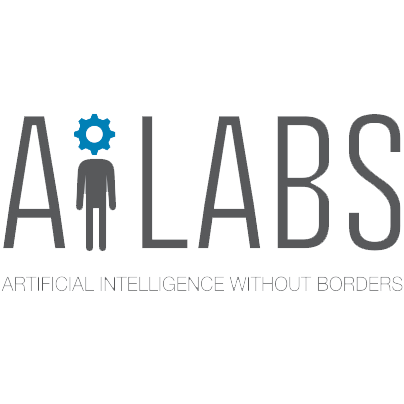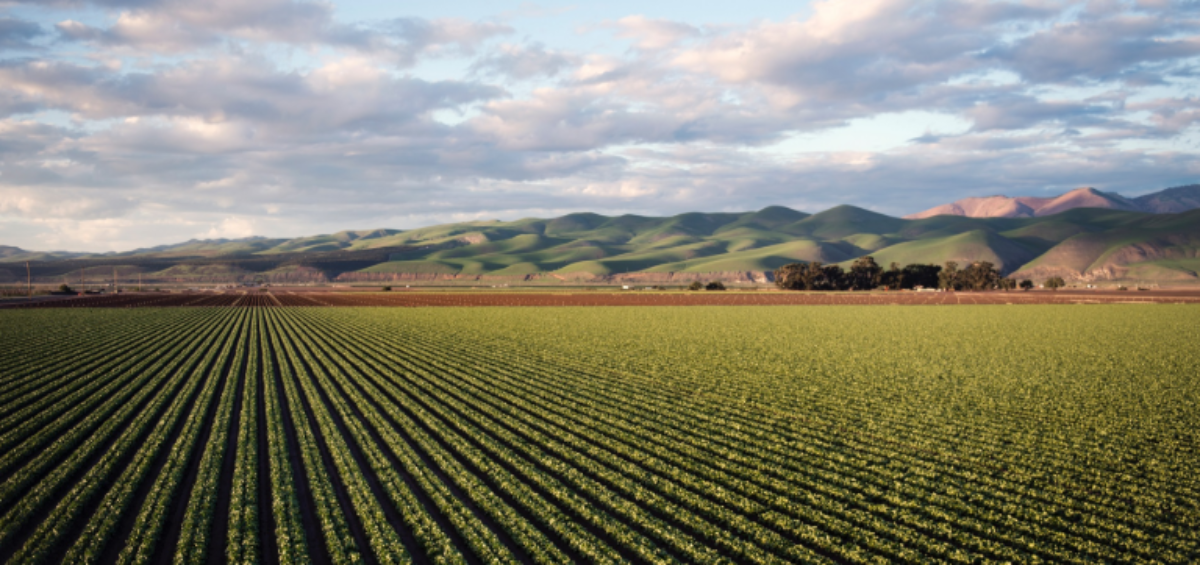Agriculture, a global industry worth more than $3 trillion, employs more than a billion people and is crucial to economic growth. With growing population, the demand for food and utility crops continues to rise. There is a need to come up with innovative technologies and make substantial investments to meet these demands. For doing so, we must have a detailed understanding of crops, geographies, agricultural inputs like seeds and fertilizers, as well as streamline production, processing, storage and retailing. Detailed understanding requires analysis of data, and that is where AI steps in to help us. Welcome to digital agriculture!
Precision farming
Just as in various other industries, AI shows great promise to revolutionize agriculture too. The owners of agricultural farms are trying to harness the power of AI through various means. Precision farming will go a long way in helping farmers by providing data-driven guidance for water management, optimizing harvest and planting times and scheduling crop rotation. This reduces the pressure on farmers, cuts down costs and improves crop yield. Microsoft in collaboration with ICRISAT, has developed AI Sowing app which sends text messages to farmer regarding optimal sowing dates. No sensors and no capital expenditure, just access to a feature phone capable of receiving an SMS.
AI in harvesting
Agricultural robots are being developed to speed up the process of harvesting. They can cover larger areas in less time, and remain unaffected by adverse weather conditions. With the help of AI, robots can be deployed to harvest not only grains, but also sensitive crop like fruits. Octinion has built a strawberry-picking robot which can pick the berries without causing damage, and is at par with a human picker in terms of speed and quality. Remember that the next time you have a strawberry – it might have been plucked for you by an ‘intelligent’ robot.

AI in Weed Control
Weeds are like cancer to crops. They consume the nutrients from soil intended for crops, thereby reducing quality and yield. Weed control is an essential part of a farmer’s job. But there are a wide variety of weeds, and different crops encounter different weed attacks. Uncontrolled weed results in losses worth billions of dollars annually. Traditionally, farmers would spray herbicides to the entire area of farming to get rid of weeds. But that is time consuming and results in wastage of herbicides. Moreover, excessive chemicals may damage crops and make them unsafe for consumption. AI has stepped in to address this issue. Blue River Technology has developed a robot which can ‘See and Spray’ herbicides on weeds. The attached camera scans plants and the images are sent to the cloud, where they are analyzed using computer vision algorithms, and a response is sent back regarding the presence of weed. All of this happens in real-time within a couple of seconds. This technique can also be used for delivering fertilizers and pesticides. It helps reduce wastage of resources and improves the yield.
AI in monitoring plant diseases and soil quality
Another concern is plant diseases and soil quality. To analyze every inch of soil in a farm is impossible, and as such, many diseases go unnoticed, resulting in huge losses for the farmers. To help address this issue, PEAT, a Berlin-based agri-tech startup, developed an app called Plantix. It allows you to click a picture of the plant you think may be suffering. The picture is uploaded to the cloud, analyzed by powerful algorithms for correlation between foliage pattern and soil deficiencies, and a status of the plant is returned – again, all this happening in real-time. It is easy for the farmers to handle – the problem is solved within a couple of seconds with the download of an app and the click of a picture.

Covering vast areas of farming land under unpredictable weather conditions is a difficult task. Improper monitoring of crops results in sub-optimal yield, causing significant losses to farmers. Previously, satellite imaging was used for monitoring, but it was expensive and images were often imprecise. With AI-powered drones, time-series animations can be used for optimized monitoring. With the help of attached cameras, field images can be captured and uploaded to cloud systems for analysis and gaining insights from the data. Irrigation techniques have also been improved with the help of AI. Maps of areas to irrigate and plans for to execute the task can be prepared beforehand and uploaded into the drone. With improved spraying capabilities, the drones can deliver water and nutrients properly without interference due to changing flight elevations in uneven lands. This is made possible with the availability of quality sensors at cheaper prices. The data from these sensors can be collected and analyzed to further optimize the drones.
Vertical farming
With the growing number of mouths to feed and decreasing amount of fertile land available for farming, there is an ever-increasing need to move towards innovative ways of farming. Vertical farming involves production of crops in vertically stacked layers using indoor farming techniques and controlled-environment agriculture technology. No pesticides or herbicides are needed, and plants are grown in reusable cloth medium made from recycled plastic. The biggest advantage of vertical farming is the highly reduced water demands, nearly 90% less than traditional farming practices. But as it is indoor, this type of farming requires artificial lighting to replicate sunlight. And there lies the big problem – high power consumption, nearly 10 times that required for traditional farming. This a massive hurdle to overcome, especially as the search for commercially-viable renewable sources of energy continues. But we hope AI will help us find a solution, sooner rather than later.
AI in future farming
By ensuring significant improvement across different segments of the agriculture industry, AI shows great promise in helping us deal with the challenges of the future. Data-driven decisions regarding sowing and accurate prediction of climate changes will help cut losses incurred by farmers. We should be seeing more robots deployed in the fields to help speed up the process of harvesting. The driving factor to achieve the desired results will be education. Farmers, whether large or small, need to be properly trained to handle technological advances. From planting, soil quality, and irrigation, all the way to harvesting, storage and retail, AI continues to show great potential for improvement in all departments. How we embrace it and in what way we utilize it is something to be seen.
References:
https://www.mckinsey.com/~/media/McKinsey/Industries/Private%20Equity%20and%20Principal%20Investors/Our%20Insights/Global%20agricultures%20many%20opportunities/Global%20agricultures%20many%20opportunities.ashx
https://emerj.com/ai-sector-overviews/ai-agriculture-present-applications-impact/
https://news.microsoft.com/en-in/features/ai-agriculture-icrisat-upl-india/




Agriculture is a very hard working occupation to handle. If AI gets involved and automated farming starts to work then farming will be a very easy task. This article was with very helpful and knowledgeable information. I am thankful that you shared this information with us. Keep sharing.
Thanks for the information, Really useful to know about all these Automation in agriculture in a single place. Also shared with my colleagues